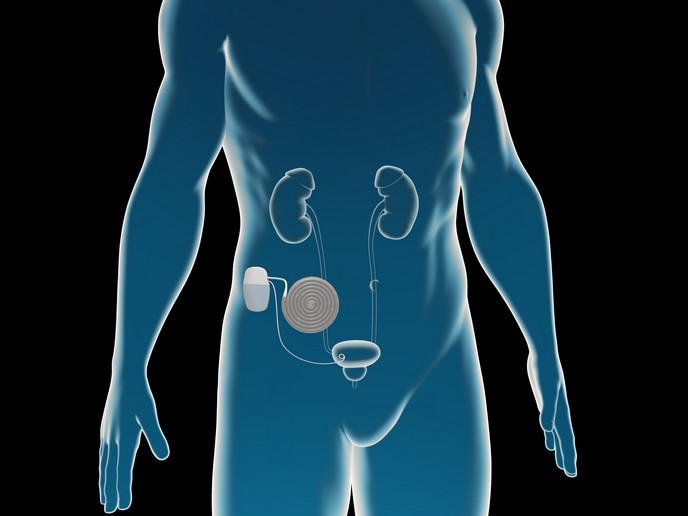Innovative gene therapy platform could cure rare hereditary muscle disorders
Hereditary muscle disorders are a family of rare genetic diseases typically caused by a single defect in a gene. As the cause of a range of skeletal, muscle, cardiac and diaphragm dysfunctions, these disorders tend to have a high rate of morbidity and mortality. Lacking an effective cure, scientists are increasingly turning to gene therapy for treating hereditary muscle disorders. Gene therapy is a developing technique that uses genes to treat, or prevent, disease. In the future, instead of using drugs or surgery, doctors could treat a disorder by inserting a gene into a patient’s cells. The EU-funded MYOCURE project aims to make this future a reality by developing an innovative, one-time treatment gene therapy platform for curing rare hereditary muscle disorders. Specifically, the project focuses on treating myotubular myopathy(opens in new window) (MTM) and glycogen storage disorder(opens in new window) (GSD) type II. Both are severe, potentially life-threatening rare muscle disorders for which there is no definitive cure and current treatment is suboptimal. “Establishing a clinically translatable one-time treatment platform will significantly improve a patient’s quality of life,” says Marinee Chuah, a professor at the Free University of Brussels(opens in new window) (VUB) and MYOCURE project coordinator. “Such a platform will also have a significant social impact, benefiting the families and relatives of the affected persons as the need for home or hospital care is decreased.”
Advancing the safety of gene therapy
The MYOCURE project made a number of important achievements. For instance, to overcome the bottlenecks that have hampered the development of muscle-directed gene therapy, researchers focused on boosting gene transfer and expression. “Our researchers successfully increased the efficacy of muscle-directed gene delivery using novel engineered adeno-associated viral (AAV) vectors,” explains Chuah. This is a non-enveloped virus that can be engineered to deliver DNA to target cells. “We also boosted muscle-targeted gene expression levels in the desired target tissues using novel transcriptional elements identified by genome-wide data mining.” According to Chuah, initial preclinical validation tests of the AAV vectors in animal models have yielded encouraging results. AAV vectors are the leading platform for gene delivery for treating various human diseases. Other key accomplishments included minimising undesirable immune reactions and creating a scalable process for manufacturing the AAV vectors. “All of these accomplishments are essential to advancing the efficacy and safety of using gene therapy to treat MTM and GSD,” adds Chuah.
The next generation of gene therapies
Thanks to these results, coupled with the project’s substantial dissemination activities, MYOCURE has laid the groundwork for developing new therapies for patients suffering from rare muscle diseases. Most importantly, the project delivered new treatment options that will provide MTM and GSD II patients with safe, long-term gene therapy solutions. “MYOCURE helps pave the way towards developing the next generation of gene therapies that will drastically improve the quality of life of afflicted patients,” says Chuah. “This in turn will have a substantial, positive impact on healthcare costs by providing a sustainable therapeutic solution for treating hereditary muscle disorders.”







